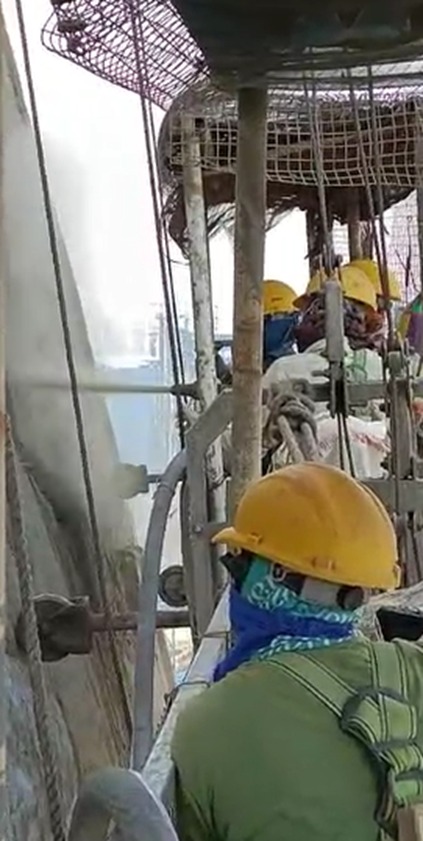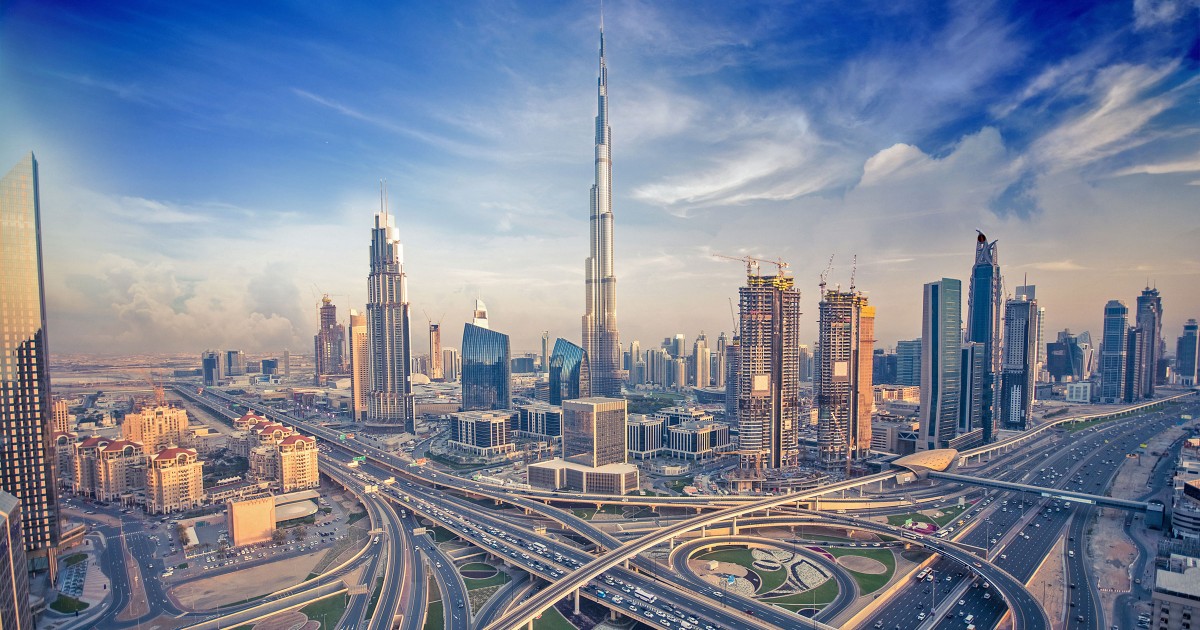Shotcreting has become a popular choice in modern construction due to its speed, efficiency, and ability to strengthen structures with precision. Whether it’s used for slope stabilization, tunnel lining, or repairing old concrete surfaces, shotcreting offers strong bonding and lasting durability. With growing infrastructure development in India, this technique is being widely adopted by engineers and contractors looking for reliable and cost-effective concrete application methods.
What is Shotcreting?
Shotcreting is a specialized method of applying concrete or mortar using high pressure through a hose onto a surface. Unlike traditional concrete pouring, this method ensures a dense, uniform layer that adheres firmly to vertical or overhead surfaces. It can be applied in both dry and wet forms, depending on project requirements. The technique is especially useful for areas where conventional concreting is difficult or time-consuming.
Types of Shotcreting: Dry Mix and Wet Mix
There are two main types of shotcreting — the dry mix and wet mix process. In the dry mix method, dry materials are mixed at the nozzle with water just before application. It’s ideal for smaller projects and repair works. On the other hand, the wet mix shotcreting involves premixed concrete pumped through a hose and sprayed onto the surface, suitable for large-scale projects requiring uniform thickness and high strength.
Why Shotcreting is Preferred Over Traditional Concrete
Shotcreting stands out for its superior bonding strength and speed of application. It eliminates the need for formwork in many cases, reducing both material and labor costs. The process also minimizes rebound waste and allows for better control over surface texture. Compared to traditional concrete placement, shotcreting ensures greater durability, dense compaction, and the ability to reach awkward or inaccessible areas efficiently.
Common Applications of Shotcreting
Shotcreting is used across a wide range of civil and structural projects. It’s frequently applied in tunnel construction, retaining walls, slope protection, and canal lining. In urban areas, it is also used for basement waterproofing and structural repair of deteriorated concrete surfaces. Additionally, shotcreting plays a crucial role in strengthening bridges, culverts, and marine structures exposed to harsh environmental conditions.
Shotcreting in Slope Stabilization
One of the most common uses of shotcreting is in slope stabilization. In regions prone to landslides or soil erosion, a shotcrete layer helps reinforce the slope and prevent displacement. Combined with steel mesh or rock bolts, it forms a durable retaining structure. This technique is widely used along highways, railways, and hilly terrains where soil movement poses a serious threat to infrastructure stability.
Role of Shotcreting in Tunnel and Mining Projects
In tunnel and mining projects, shotcreting acts as an immediate support layer that stabilizes the rock surface. The sprayed concrete prevents loose materials from falling and maintains tunnel integrity during excavation. Wet mix shotcreting is particularly favored in these environments due to its speed, dust control, and strong adhesion, ensuring worker safety and project efficiency.
Shotcreting for Structural Repair and Rehabilitation
Shotcreting is an effective method for repairing damaged concrete structures. It restores structural strength while ensuring long-term protection against moisture, corrosion, and cracking. When combined with reinforcement materials like wire mesh or fibers, shotcrete provides enhanced tensile strength. This makes it ideal for rehabilitating bridges, beams, columns, and industrial tanks without extensive dismantling or downtime.
Equipment and Materials Used in Shotcreting
The success of shotcreting depends heavily on the equipment and materials used. Key components include an air compressor, nozzle, hoses, and a shotcrete machine. The concrete mix typically consists of cement, sand, aggregates, and additives like silica fume or superplasticizers to improve flow and adhesion. Proper calibration of the equipment ensures consistent pressure and reduces rebound, which is crucial for achieving smooth, dense surfaces.
Importance of Skilled Operators
Skilled workmanship is essential in shotcreting. Trained nozzlemen and technicians control the air pressure, water content, and spray angle to achieve uniform thickness and minimize waste. Poorly executed shotcreting can lead to weak bonding and surface defects. Therefore, professional handling ensures that the final layer adheres well, meets structural requirements, and performs effectively under varying environmental conditions.
Advantages of Shotcreting in Modern Construction
The advantages of shotcreting extend beyond just speed and flexibility. It allows precise application even on curved or uneven surfaces, reducing the need for molds or formwork. Its dense compaction offers strong resistance to water penetration, making it suitable for retaining walls, swimming pools, and water tanks. Additionally, it provides higher compressive strength, making it a preferred choice for both new construction and structural repairs.
Environmental and Cost Benefits
Shotcreting is also considered a more sustainable method compared to traditional concrete placement. By reducing material wastage and labor time, it minimizes the overall carbon footprint of construction projects. The technique requires fewer resources for formwork and scaffolding, helping contractors cut costs without compromising quality. Furthermore, quick application and reduced curing times make it ideal for projects with tight deadlines.
Maintenance and Durability
Once applied correctly, shotcreting requires minimal maintenance. Its dense composition and strong adhesion prevent cracks and water seepage. Over time, shotcreted surfaces remain durable even in aggressive environments. Regular inspections ensure the layer retains its structural performance. When properly maintained, shotcrete structures can last for decades, offering long-term protection and value.
Choosing the Right Shotcreting Contractors
Selecting experienced shotcreting contractors is crucial for achieving quality results. Reputable contractors use advanced equipment, quality materials, and trained workers to deliver uniform finishes. They also follow safety standards and quality control checks throughout the project. Before hiring, it’s important to evaluate their past work, project scope, and technical expertise to ensure reliability and compliance with structural specifications.
Latest Trends in Shotcreting Technology
Modern shotcreting is evolving with the integration of automation and robotic application systems. These technologies improve precision, reduce human error, and enhance safety, especially in hazardous areas like tunnels or high elevations. The use of fiber-reinforced shotcrete has also grown, providing added strength and flexibility. As urban infrastructure expands, these innovations are making shotcreting faster, safer, and more sustainable.
Shotcreting continues to transform how concrete is applied in the construction and repair industry. Its versatility, durability, and efficiency make it an essential technique for modern infrastructure projects. From slope protection to tunnel stabilization and structural rehabilitation, shotcreting offers long-lasting performance and cost-effectiveness. As technology advances and demand rises, this method will remain a cornerstone of durable and innovative construction practices across India.



